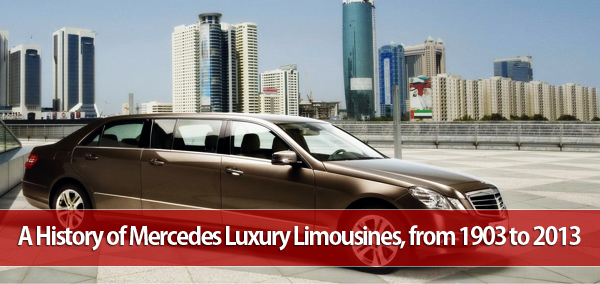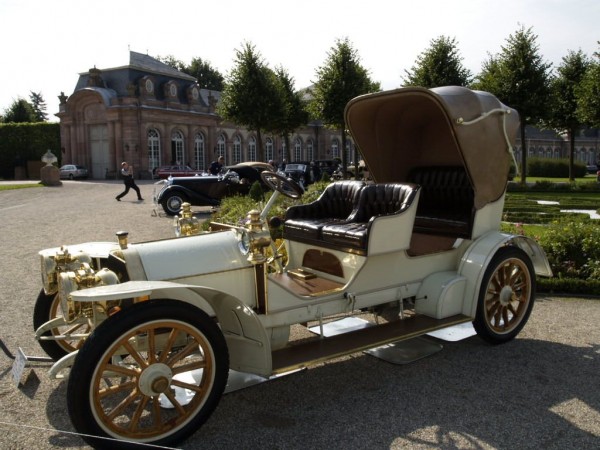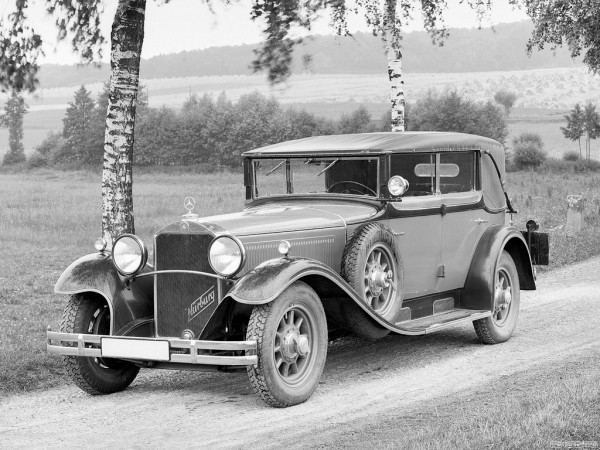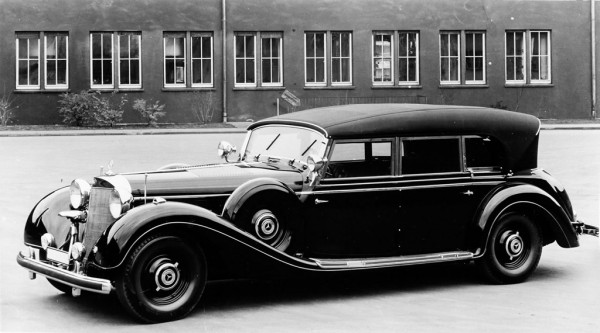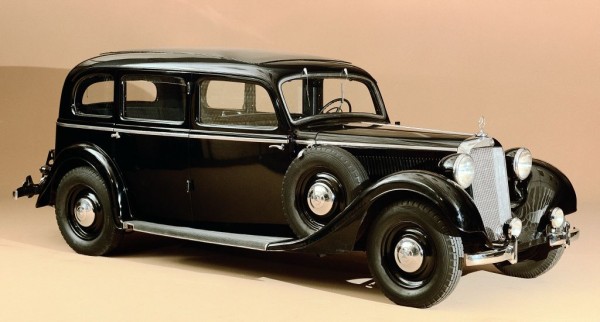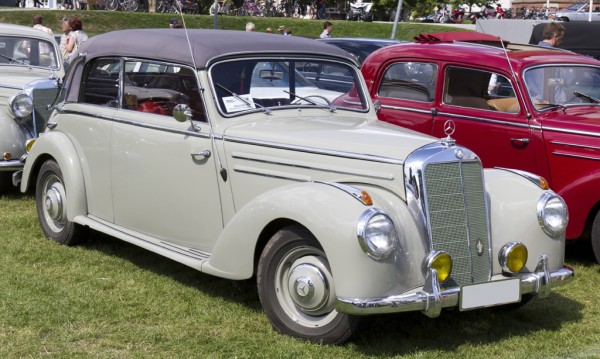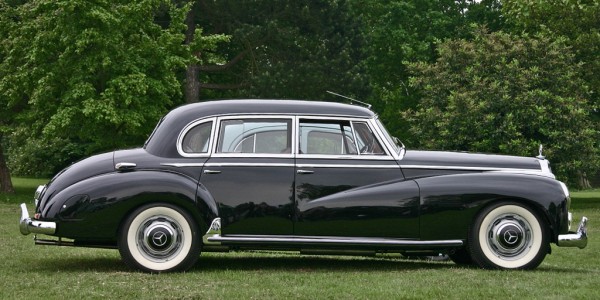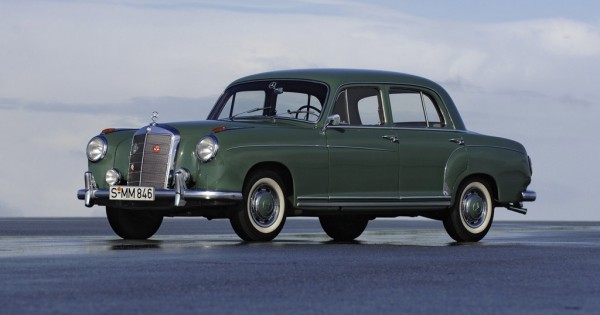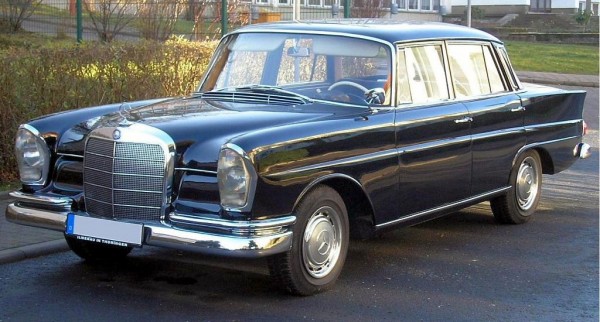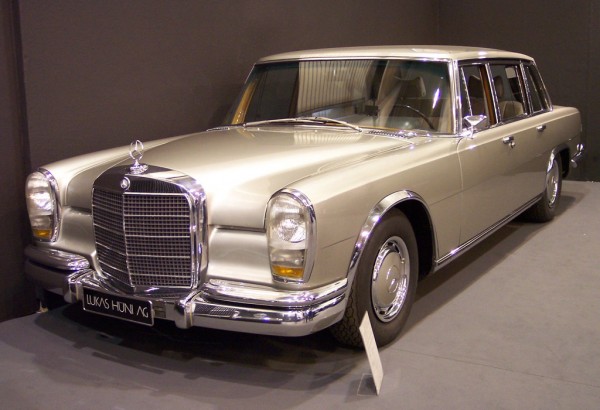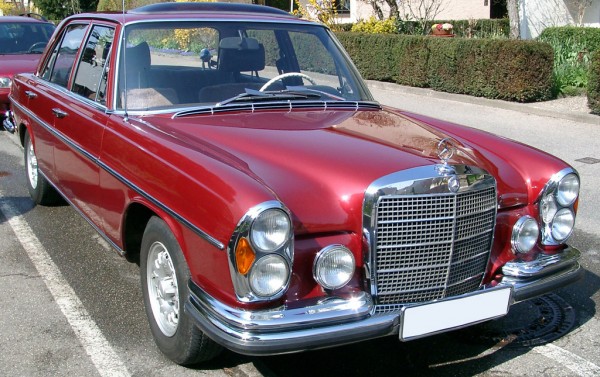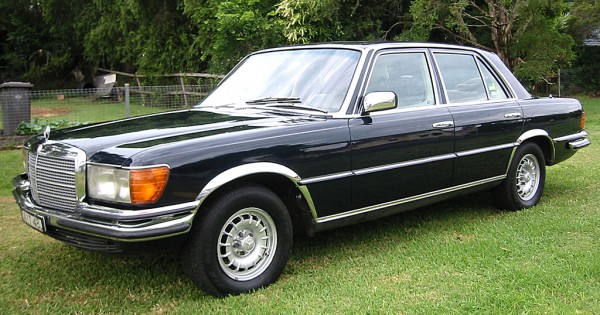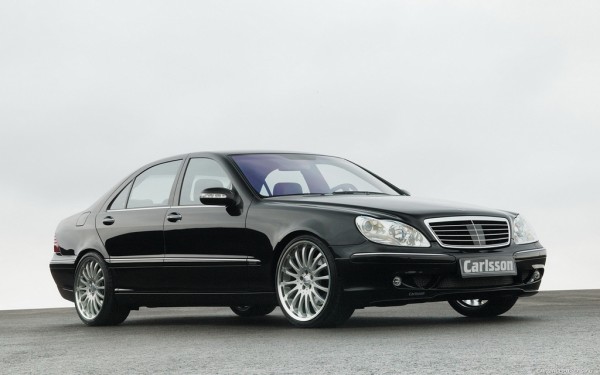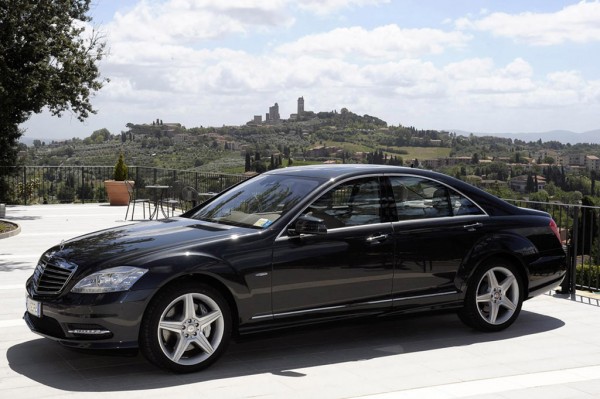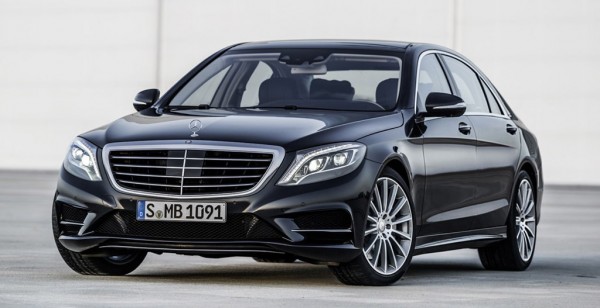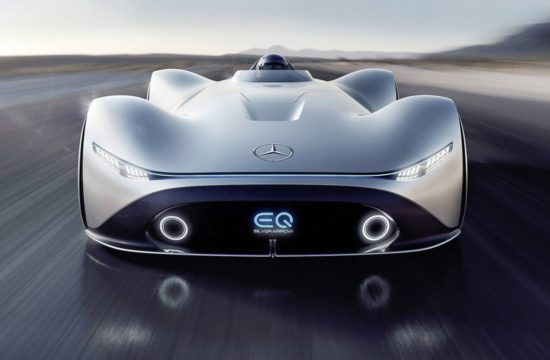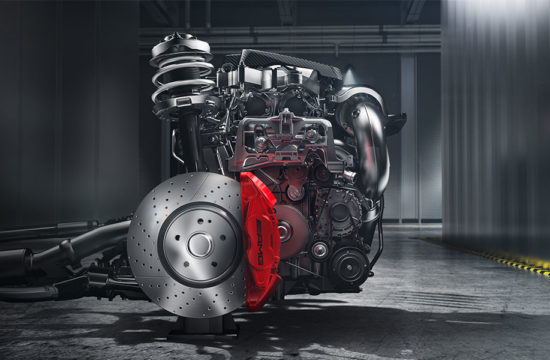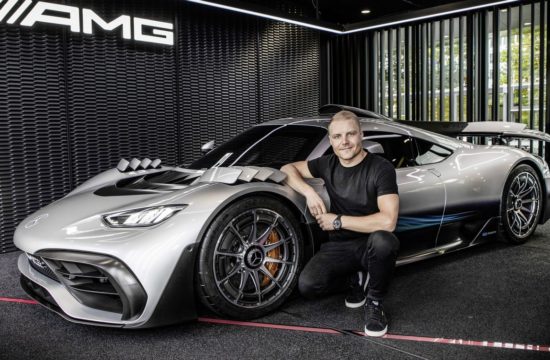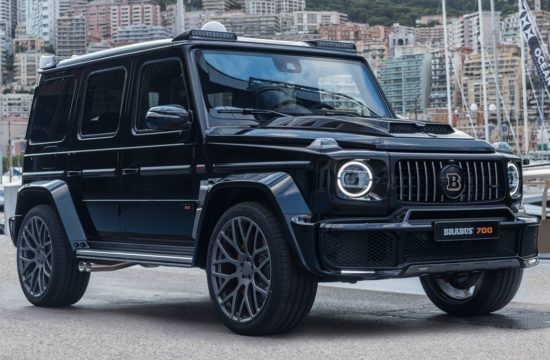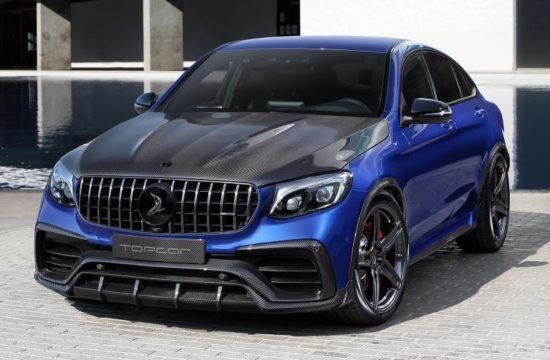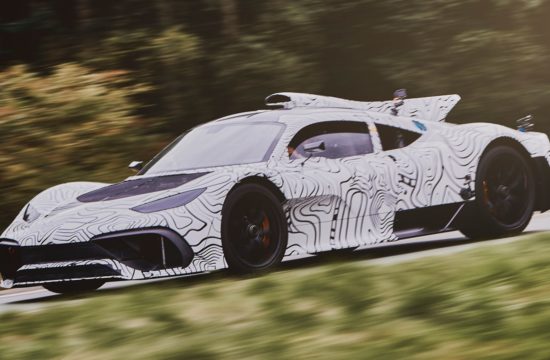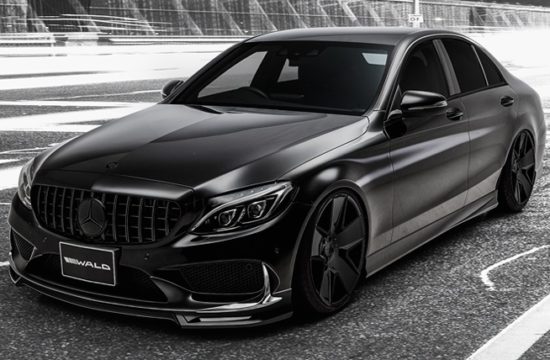The recently launched Mercedes-Benz S-Class is the most luxurious car ever produced by the German carmaker and is the most recent one in a long line of amazing cars. Even though the Mercedes 220 (W 187) launched in 1951 is considered the official predecessor of the modern S-Class, the Stuttgart based carmaker’s tradition regarding luxury limousines started even earlier, a century ago.
1903 is the year when Mercedes created the first true luxury car, only to leave everyone speechless 25 years later when it launched the Nurburg in 1928, which was the first ever Mercedes to be powered by an eight-cylinder engine. Today, the S-Class is the carmaker’s flagship and even though competition is extremely tough (especially from its traditional German rivals, Audi and BMW), the S-Class is still considered THE luxury car.
Starting with 1951, the luxury segment has always been one of Mercedes main moneymakers. After automobile production was resumed after World War II, the German carmaker sold more than 3.5 million units in this segment and the S-Class is definitely the most successful model, with the previous generation (W 221) selling more than 500,000 units since its launch in 2005.
1. Mercedes Simplex, 1903-1905)
Like we said earlier, Mercedes built their first luxury car in 1903. Called Simplex, the car was powered by an extremely powerful engine by the times’ standards, a four-cylinder unit developing 60-hp. The Simplex featured a large radiator and its handling was improved by the lower gravity center, doing a lot better than the rest of automobiles built in that period.
2. Mercedes-Benz W08 (Nurburg), 1928-1939
We skip almost two decades to a glory period for luxury in Europe. The time between the two World Wars was extremely good for Mercedes and the best proof is the Nurburg model (W08). It was the first production car to feature an eight-cylinder engine and the Pullman body was created with passengers’ comfort as the main concern. “Suffering” several modifications and upgrades, the model was built until 1939, having the longest production run of all Mercedes models from the ‘20s and ‘30s.
3. Mercedes-Benz W07 and W150 (770 “Super Mercedes”), 1930-1943
The German carmaker would raise the bar even higher in 1930 with the 770 model, best known as the “Super Mercedes”. It marked another premiere for Mercedes, being their first car to be powered by an eight-cylinder turbocharged engine. The ignition system was using two sparkplugs for each cylinder and starting with 1938 a five-speed transmission was made available for the model.
The “Super Mercedes” was also famous because it was the favorite cars of Nazi leaders during World War II, including Adolf Hitler and Herman Goring, who used “Der Großer Mercedes” (German for “the big Mercedes”) for both personal and military purposes.
4. Mercedes-Benz W142 (320), 1937-1942
This is another typical World War II model built by Mercedes, which was powered by a six-cylinder engine mated to a synchronized four-speed transmission. The model was even more interesting since it was available in several body versions, including sedan, Pullman and convertible. An upgrade to the engine was made in 1938, with the displacement being increased to 3.4 liters.
The total numbers of W142 built was 5,211 (885 were upgraded models), plus 1,806 Kubelwagens (military units based on the W142).
5. Mercedes-Benz W187 (220), 1951-1955
The 1951 Frankfurt Motor Show was the place where the Mercedes-Benz 220 W187 was first unveiled to the world. It was the first post-war model to be powered by a new six-cylinder engine and was also available as a sedan, coupe and cabriolet. Even though the saloon’s production was discontinued in 1954, the cabriolet was built until 1955.
6. Mercedes-Benz W186, W188 and W189 (300), 1951-1962
Car luxury was reached new levels when the 300 model was launched. Mercedes started development immediately after the war and the official launch took place in 1951. With new features such as a new generation six-cylinder engine, vacuum assisted power brakes and heating as standard, plus air conditioning and power steering as optional features (starting with 1958), the Mercedes-Benz 300 quickly became one of the most important luxury limousines of the time. And with a top speed of almost 100 mph, it was also the fastest.
Being the first luxury limousine built after the war, it was also the main model used by German officials. And because during his tenure as Chancellor (from 1949 to 1963) Konrad Adenauer employed six custom made 300s, the car has since been known among Mercedes fans as the “Adenauer Mercedes”.
7. Mercedes-Benz W180 (220), 1954-1959
With plenty of space for its passengers and a lot of features such as the heating system with separate controls for driver and passenger (a predecessor of today’s two-way air conditioning systems), the W180 was a very interesting option for people looking for a luxury car.
During the production run, there were two versions of the Mercedes-Benz 220 built. The first one was the 220a, which was seen as a more luxurious version of the 180 (W120). It was powered by the six-cylinder engine from the W187 and more than 25,000 units were built between March 1954 and April, 1956.
The second version was the 220S, built between March 1956 and October 1959. Even though there were some aesthetic changes, the main upgrade was the engine, the new 2.2-liter inline-six delivering 99-hp (later upgraded to 105-hp). Besides the sedan, the 220S was also available as a cabriolet (July 1956) and a coupe (October 1956). Even though Mercedes has never officially confirmed, most experts agree that the W180 “Ponton” (the name comes from its pontoon-shaped body) is the first mid-size luxury car and the predecessor of the modern E-Class.
8. Mercedes-Benz W111 (220 SE), 1959-1964
In 1959, the German carmaker introduced the W111, which featured two premieres in car safety: front and rear crumple zones that absorbed kinetic energy in case of an impact and retractable seatbelts. Other important features that were added later were four-speed automatic transmission, disk brakes and hydraulic suspension. But perhaps the most memorable feature is the two tailfin design, which was created for the European and North American markets and which gave the model its nickname, “Tailfin” (“Heckflosse” in German).
9. Mercedes-Benz W100 (600), 1963-1981
Perhaps the most important model in all Mercedes’ luxury cars history is the W100. It was one of the most powerful limousines in the world when it was launched at the 1963 Frankfurt Motor Show, being powered by a 6.3-liter V8 engine that was producing 250-hp and was able to reach a top speed over 125 mph.
For utter passenger comfort, the Mercedes 600 featured an adjustable air suspension and hydraulic controls for the windows, seats, doors or sunroof. There were also several long wheelbase versions that offered as many as seven or eight seats. Featuring probably the best options at that time, the W100 quickly became the favorite car of many officials and celebrities such as the Pope, Coco Chanel, Aristotle Onassis, Elvis Presley, Fidel Castro or Pablo Escobar.
10. Mercedes-Benz W108 (250S – 300SEL), 1965-1972
The W108 was built between 1965 and 1972 and even though it was less imposing than the 600, it was given similar powertrains and it was appreciated especially for its more modern look.
An important milestone was the top of the line 300 SEL, which was powered by the 250-hp 6.3-liter V8 from the 600. With a 0 to 62 time of 5.7 seconds and a top speed of 142.3 mph, it was the fastest four-door sedan in the world.
11. Mercedes-Benz W116 (S-Class), 1972-1980
The “S-Class” name tag was used for the first time in 1972, being given to the W116, the first generation S-Class as we know it now. The name is short for “Sonderklasse” (German for “Special Class”) and the innovations list was incredibly long for the ‘70s: four-spoke steering wheel, hydropneumatic self-leveling suspension, gas tank mounted above the rear axle for better protection in case of a crash and large headlights with turn signals. Introduced later, in 1975, the 450SEL 6.9 featured the largest engine ever mounted on a Mercedes, the 6.9-liter delivering 286-hp and 405 lb-ft of torque.
But the most important features, that had a significant impact on the car industry, were added later. Cruise control was introduced in 1975, while in 1978 the W116 became the first car in the world to feature an electronic four-wheel ABS system. Another important premiere was that the W116 was the first luxury Mercedes to be given a diesel version, the 300 SD, which was available only in the United States and Canada and was powered by a 3.0-liter turbo-charged engine.
12. Mercedes-Benz S-Class W126, 1979-1991
The second generation S-Class made its debut in 1979 and its mission wasn’t easy at all. The new model had to continue the success of its predecessor, the W116, which was the best-selling luxury car in the world. But the new W126 has some aces up its sleeve, such as improved aerodynamics (it featured a record drag coefficient of Cd 0.37 for the sedan and 0.34 for the coupe, improving fuel economy by as much as 10 percent), adjustable steering wheel, traction control, exterior temperature sensor with LCD display and, since with 1988, passenger’s airbag (driver side airbag was already available since 1981).
All these features plus the long production run (longest in S-Class history) made the W126 the best-selling S-Class of all times, with a total number of 892,123 units sold (out of which 74,060 were coupes).
13. Mercedes-Benz S-Class W140 (1991-1998)
The third generation S-Class was launched in 1991 and it became the first production Mercedes to be powered by a V12 engine (the 600SEL version). The features list included power-assisted doors and boot lid, rear-parking markers (replaced by Parktronic in 1995), Electronic Stability Control (ESP) and side airbags (starting with 1996). A turbo-charged diesel version was also available, the 300 SD (later replaced by the S300). When production ended in 1998, Mercedes had sold a total number of more than 430,000 units, out of which around 26,000 were coupes.
14. Mercedes-Benz S-Class W220 (1998-2005)
Even though it was smaller than its predecessor, the W220 offered more space for passengers, thanks to an optimized interior. The new S-Class was also lighter than the W140, achieving this through the use of lightweight materials such as steel, alloy and plastic. What was a little surprising was that, unlike the W126 and the W140, the new S-Class was not the model chosen to introduce a new design theme (the German carmaker offered this “honor” to the A-Class, which was released a year earlier).
However, the model still followed its innovating heritage and pioneered new features such as keyless entry, ventilated seats, Airmatic air suspension, the Distronic system (cruise control system that also controlled the distance to other vehicles) and the Active Cylinder Control System (available on the S500 and S600) that deactivated unnecessary cylinders to improve fuel economy.
The seven-speed 7G-Tronic automatic suspension was introduced for the first time on this model, just like the Pre-Safe system, which used ESP and Brake Assist sensors to improve collision response (tightened the seatbelts, adjusted seat and headrests position and closed the sunroof). The 4Matic four-wheel drive system was also available for the first time on the W220 (on the S430 and S500, starting with 2002).
15. Mercedes-Benz S-Class W221 (2005-2013)
The W221 was launched in 2005 and was built until this year, when it will be replaced by the new generation S-Class, the W222. Like all S-Classes in history, the new model also introduced several innovations, such as the Night View Assist system that allowed the driver to spot pedestrians or obstacles at night, while the automatic transmission’s control was moved to the steering wheel column, something not too familiar to some markets, such as Europe.
The W221 became the first luxury limousine to be powered by a hybrid powertrain when the S400 Hybrid was launched in 2009 and in 2010 Mercedes became the first carmaker to put a four-cylinder on a luxury model.
16. Mercedes-Benz S-Class W222 (2013)
The latest S-Class was introduced in May and production has already started, in June. This time, the new Mercedes flagship has a double role, besides replacing the last generation S-Class, it also has to replace the late Maybach brand. It’s not going to be easy and to achieve that, top versions will come with exclusive features such as massage for the rear seats, air filtering and ionizing system (Air Balance Package), ten-way adjustable seats and many more.
Among the most important features of the new S-Class we have LED brake lights that dim at night or when stopped at lights, Magic Body Control system that scans the road ahead and adjusts the suspension, plus a set of features called “Intelligent Drive” that groups next generation safety systems such as Active Parking Assist, Night View Assist Plus, Active Lane Keeping Assist, Distronic Plus with Steering Assist, Pre-Safe Brake with pedestrian recognition and Brake Assist Plus with Cross-Traffic Assist.
Will the new generation S-Class follow its predecessors’ tradition and continue to be the best luxury limousine in the world? Who knows, only time will tell. But one thing’s for sure, whatever happens, the Mercedes S-Class will always be one of the car industry’s iconic models, whose history is undisputable.

